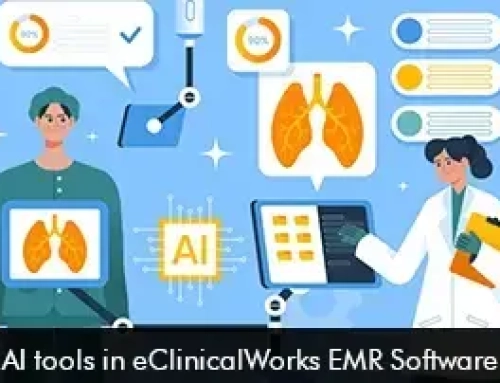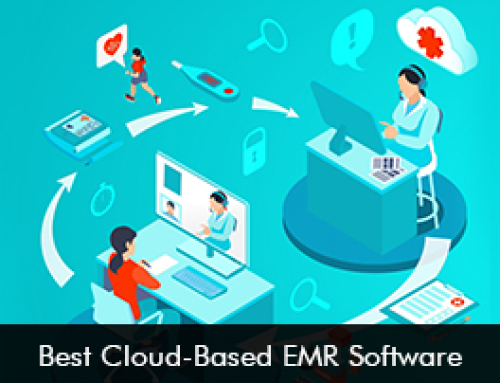There was an increased adaption and usage of digital healthcare tools because of the COVID-19 pandemic. Healthcare providers all around the world started implementing digital tools to offer safe, prompt, and convenient healthcare services to their patients. A 2022 Survey reflects that a single clinician uses an average of 3.8 digital tools. Previously, in 2016 the average was 2.2. This clearly shows that the adoption of digital tools has risen sharply.
Common Digital Tools in Healthcare
Digital tools leverage robust technology to improve medical services, enhance patient care, and streamline day-to-day workflows. These tools encompass a wide range of applications such as:
- Electronic Health Records (EHR) Software and EMRs
- Telemedicine Solutions
- Mobile Health Applications
- Online Scheduling Software
- Patient Portal EMR Software
By utilizing these technologies, medical personnel may provide more effective, individualized, and accessible care, and patients can take a more active role in maintaining their health.
Mount Sinai Health System Adds New Digital Tools
The New York City-based health system, Mount Sinai last month launched three tools aiming to improve the overall patient experience by offering faster and seamless access to care. The powerful digital tools include:
- Virtual Urgent Care: Helps to address non-emergency cases in patients.
- Virtual Primary Care: Enables patients to see a provider remotely.
- Check Symptoms and Get Care: This intelligent care navigation system can help patients identify their health conditions based on short questionnaires.
All these digital tools can be easily accessed by patients via their smartphones, tablets, and computers.
The use of AI technology in Digital Tools
The Check Symptoms & Get Care platform launched by the health system uses Natural Language Processing (NLP) which translates intricate medical data into content that can be easily understood by patients. The web-based questionnaire can enable patients to identify their medical illnesses and then provide a list of customized virtual or in-person care options. The new tool is designed to identify and match 300 primary symptoms. The suite of digital tools also has the Mount Sinai Virtual Assistant, the AI-enabled chatbot that can help patients with self-scheduling and care navigation.
Mount Sinai understands the importance of going Digital
The health system is taking proactive steps to become a healthcare organization that brings forward a seamless patient experience via digital solutions. For example, the health system has even improved the in-room patient experience by providing entertainment options, digital meal ordering, and the functionality to video chat with friends. Even the hospital stay can become pleasant by adding digital tools.








